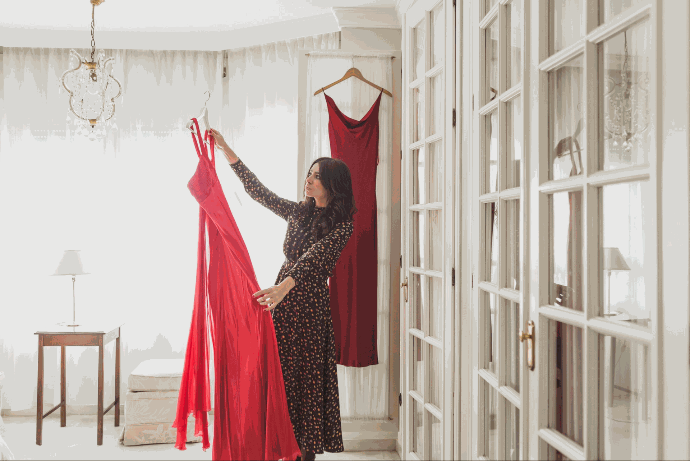Indian festival and wedding wardrobes are a smart mix of climate physics + cultural codes + craft. The right fabric isn’t just about beauty—it’s about breathability, insulation, drape, and ritual meaning.
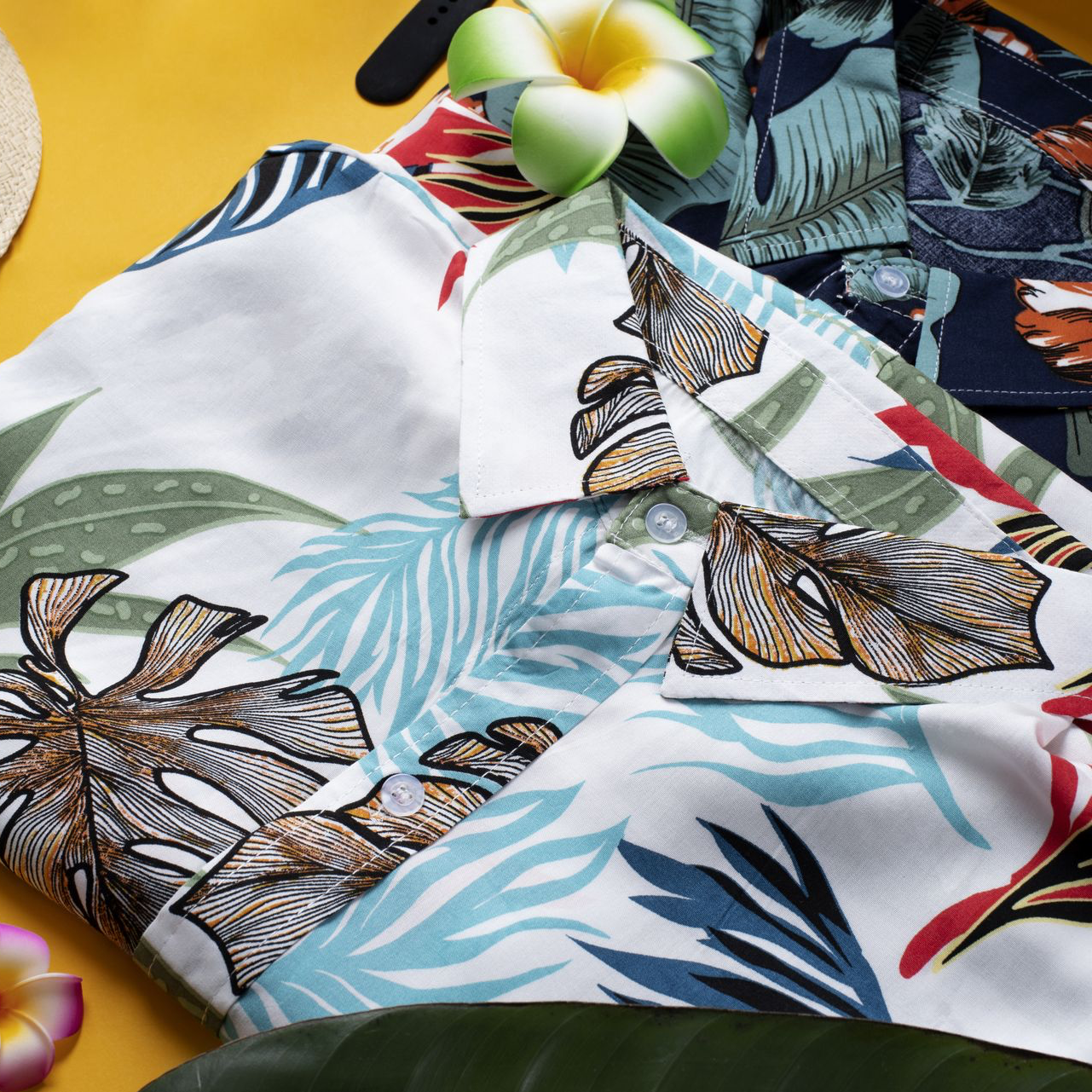
Summer (Mar–Jun)
Hot to very hot; sweat + UV load.
Fabrics that work: Cotton, linen, mulmul, kota doria, chanderi, organza, chiffon, light georgette, cotton-silk blends.
Why: high moisture regain (cotton ~7–8%, linen ~12%) → absorbs sweat; loose weaves allow airflow.
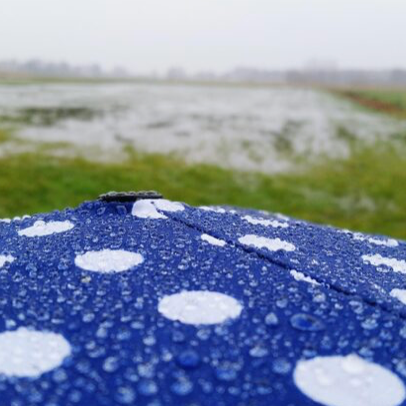
Monsoon (Jun–Sep)
Humid, unpredictable showers.
Fabrics that work: fine cottons with soft finishes, cotton-silk, blends with lyocell/viscose, jamdani, mangalgiri; quick-dry weaves.
Why: humidity slows evaporation; choose lighter GSM, tighter seams, shorter hemlines; avoid heavy trains.
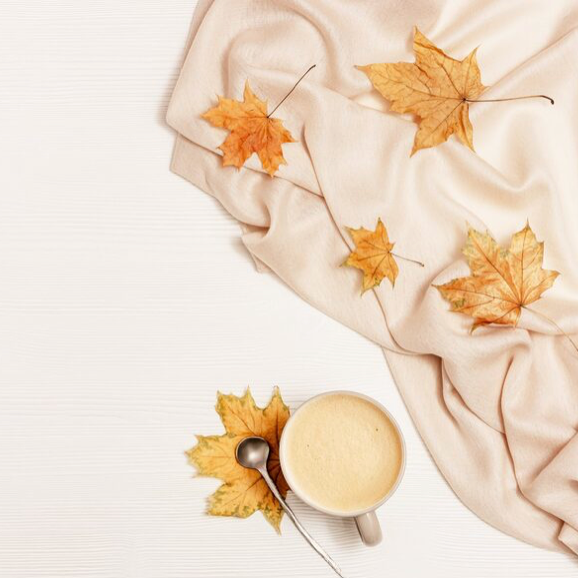
Autumn–Festive (Oct–Nov)
Transitional; evenings cooler in many regions.
Fabrics that work: silk, brocade, Benarasi, tussar, matka silk, handloom cotton with zari.
Why: moderate warmth + festive sheen
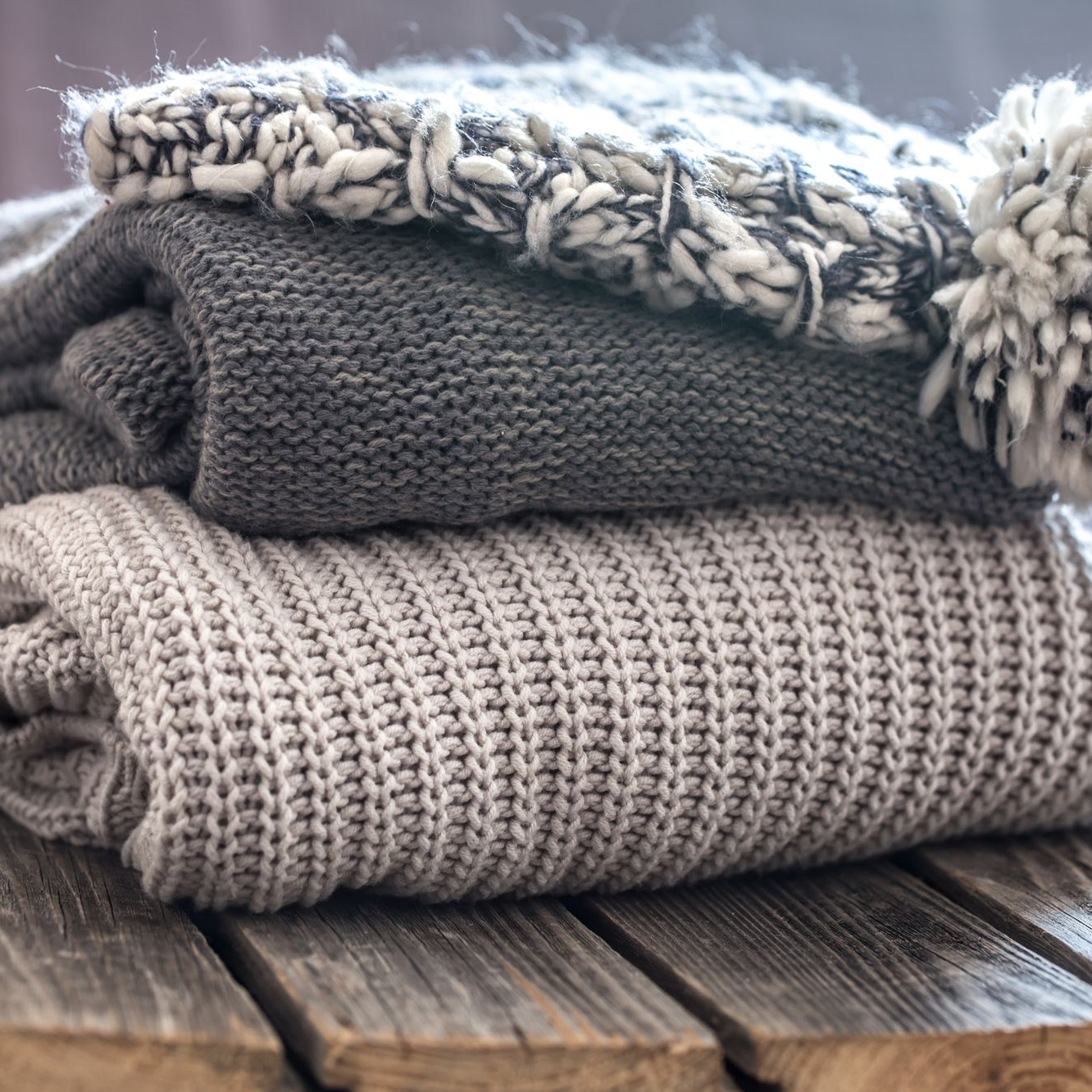
Winter (Dec–Feb)
North/North-West can be cold; evenings chilly across much of India.
Fabrics that work: velvet, wool/silk blends, heavy brocade, raw silk (dupion), pashmina shawls, heavier organza with lining.
Why: pile (velvet) and crimp (wool) trap air → insulation.
North & West (Delhi, Punjab, Rajasthan, Gujarat)
- Brides:
- Winter: Velvet lehengas, Banarasi brocade saris, raw-silk dupattas; zari embroidery, gota patti, zardozi.
- Summer: Georgette/organza lehengas, chikankari on mulmul or georgette, light Banarasi tissue.
- Grooms:
- Winter sherwani: Velvet or heavy jacquard with silk lining; jamawar shawl.
- Summer sherwani/kurta: Matka/dupion silk, cotton-silk, chikankari on fine cotton.
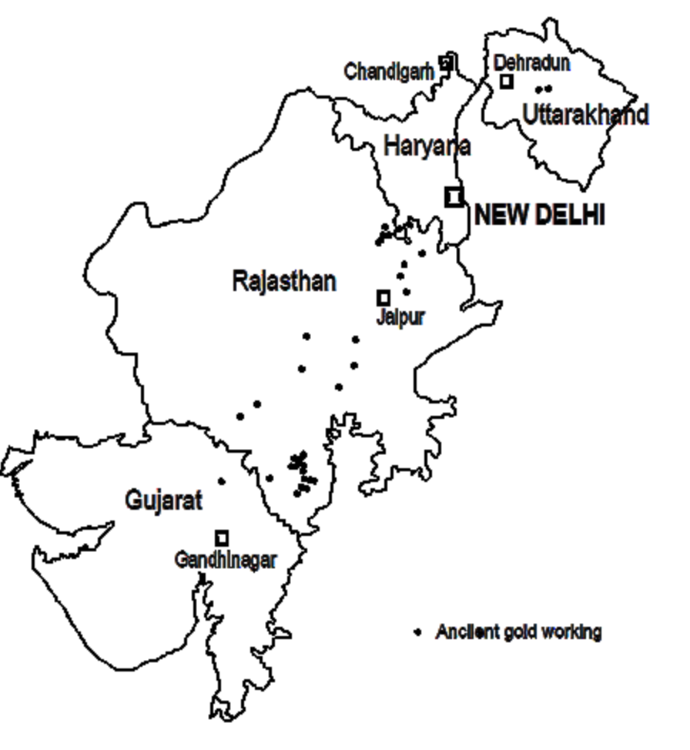
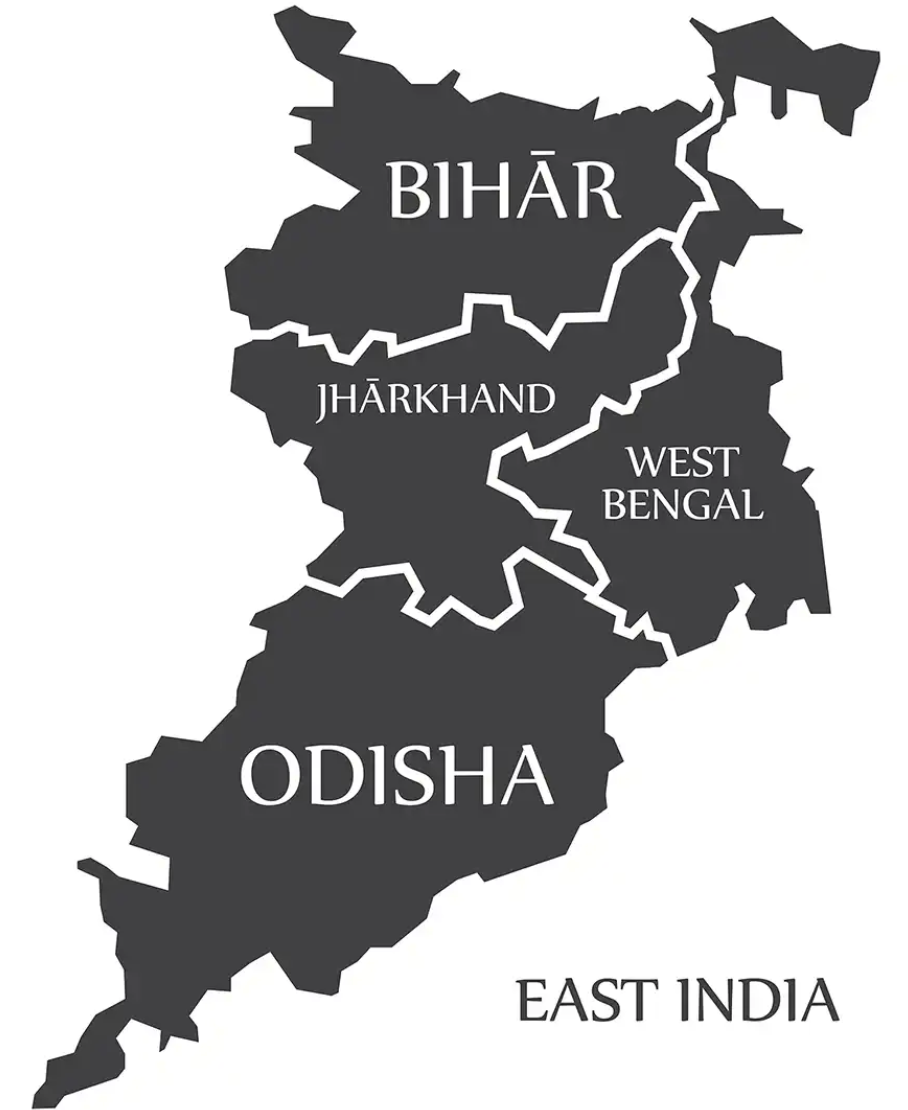
East (Uttar Pradesh, Bihar, Bengal, Assam)
- Brides:
- Banarasi (Varanasi) for North/East—heirloom status.
- Bengal: Red-and-white laal-paar traditions for rituals; jamdani for airy elegance.
- Assam: Muga/Pat/Eri silk mekhela-chador—natural sheen, great drape.
- Grooms: Silk kurta-dhoti sets, tussar/eri shawls in winter.
South (Tamil Nadu, Karnataka, Kerala, Andhra-Telangana)
- Brides:
- Kanjeevaram (Kanchipuram) silk with real zari; despite heat, temple ceremonies & indoor venues make it work.
- Kerala: Off-white kasavu (cotton with gold borders) for elegance and comfort.
- Grooms: Silk veshti/mundu; for receptions, raw-silk or brocade sherwanis.
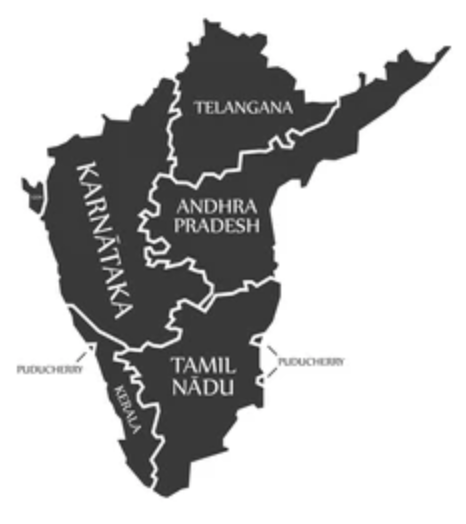
Festival
Durga Puja (Bengal)
Diwali
Navratri (Gujarat)
Onam (Kerala)
Eid
Baisakhi (Punjab)
Cultural Fabric Code
White saree with red border, taant/jamdani
Brocade, Banarasi, silk
Cotton ghaghra-choli, mirrorwork, bandhani
Kasavu saree/mundu
Chikankari, soft silks
Phulkari dupattas
Best Season Fit
Humid autumn
Autumn
Post-monsoon
Monsoon/Post-monsoon
Varies
Spring
Notes
Breathable cottons; add silk jamdani for evenings
Flame-safe drapes; avoid extra-long trains with diyas
Light cottons for dancing; sturdy seams
Keep jewellery light; protect zari from humidity
Chikan on mulmul/georgette for summer; silk sets for winter
Cotton bases with dense threadwork; breathable
Cotton & Linen
Plant fibres with open structure → airflow + sweat absorption. Linen feels cooler due to high conductivity + fast moisture exchange; cotton is softer, easier care.
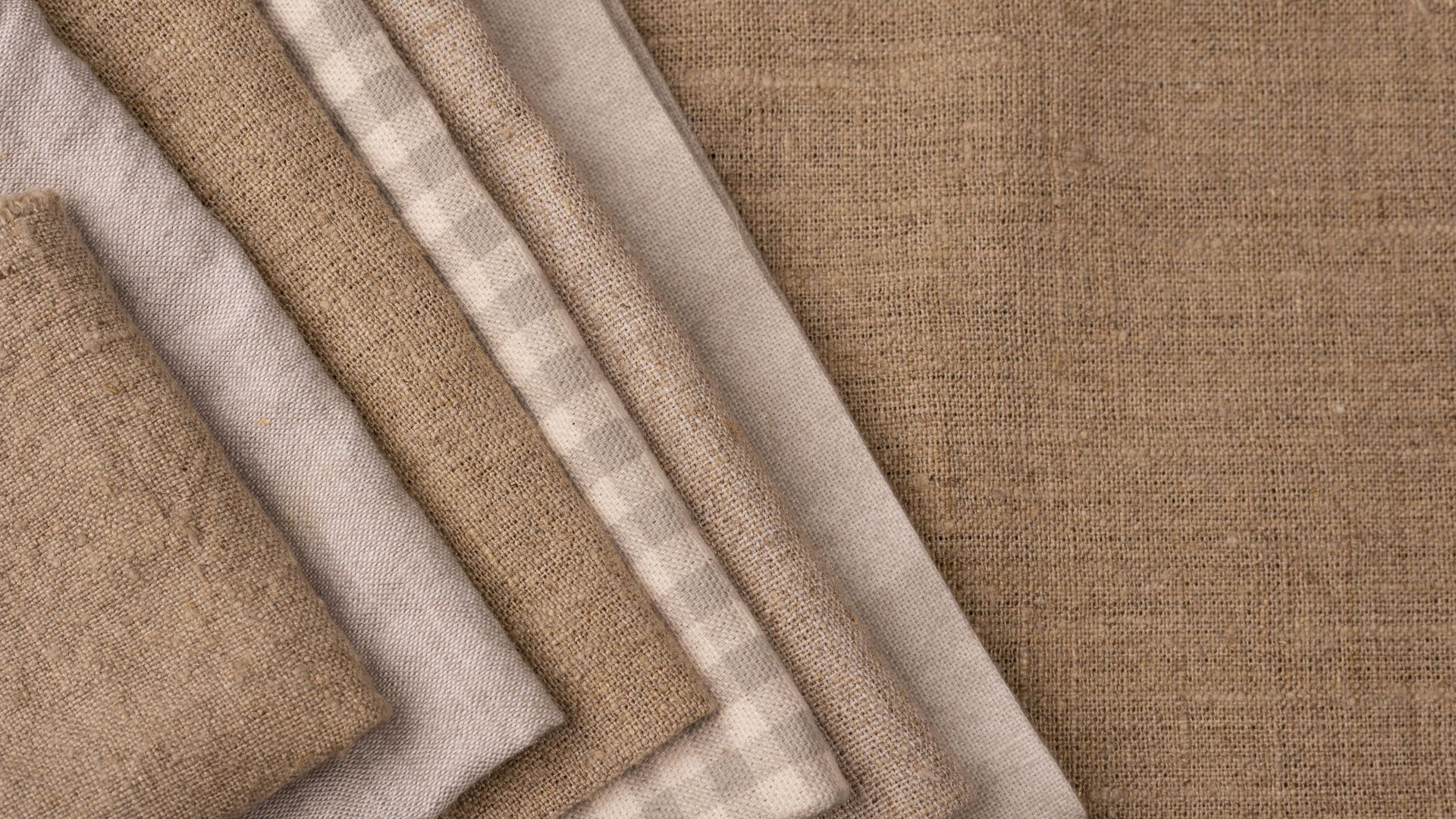
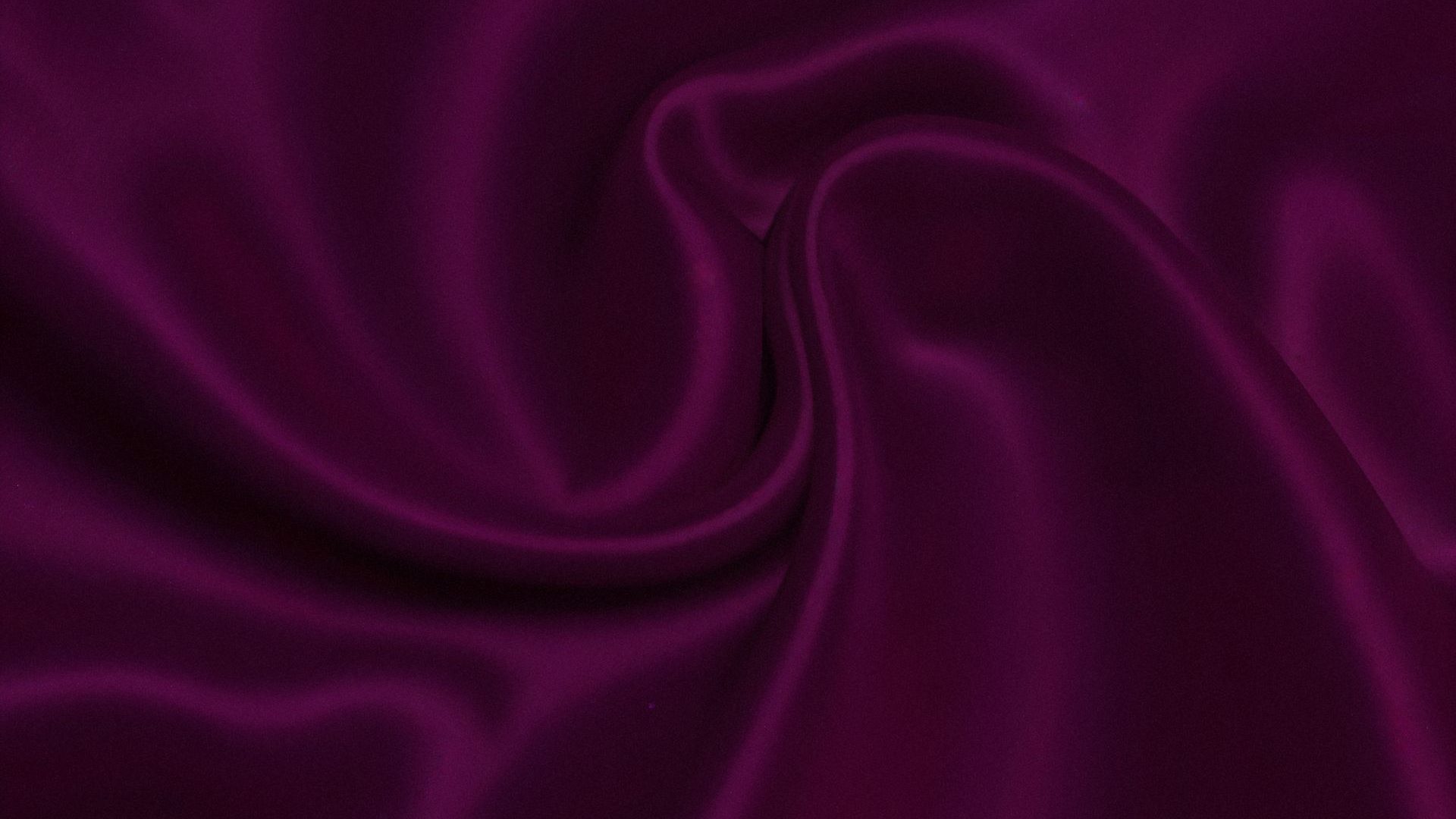
Silk
Natural protein with thermo-regulation—keeps you warm in winter, cool-ish in summer; lustre suits rituals.
Wool/Pashmina
Natural crimp traps air → insulation; great for winter weddings and night functions.
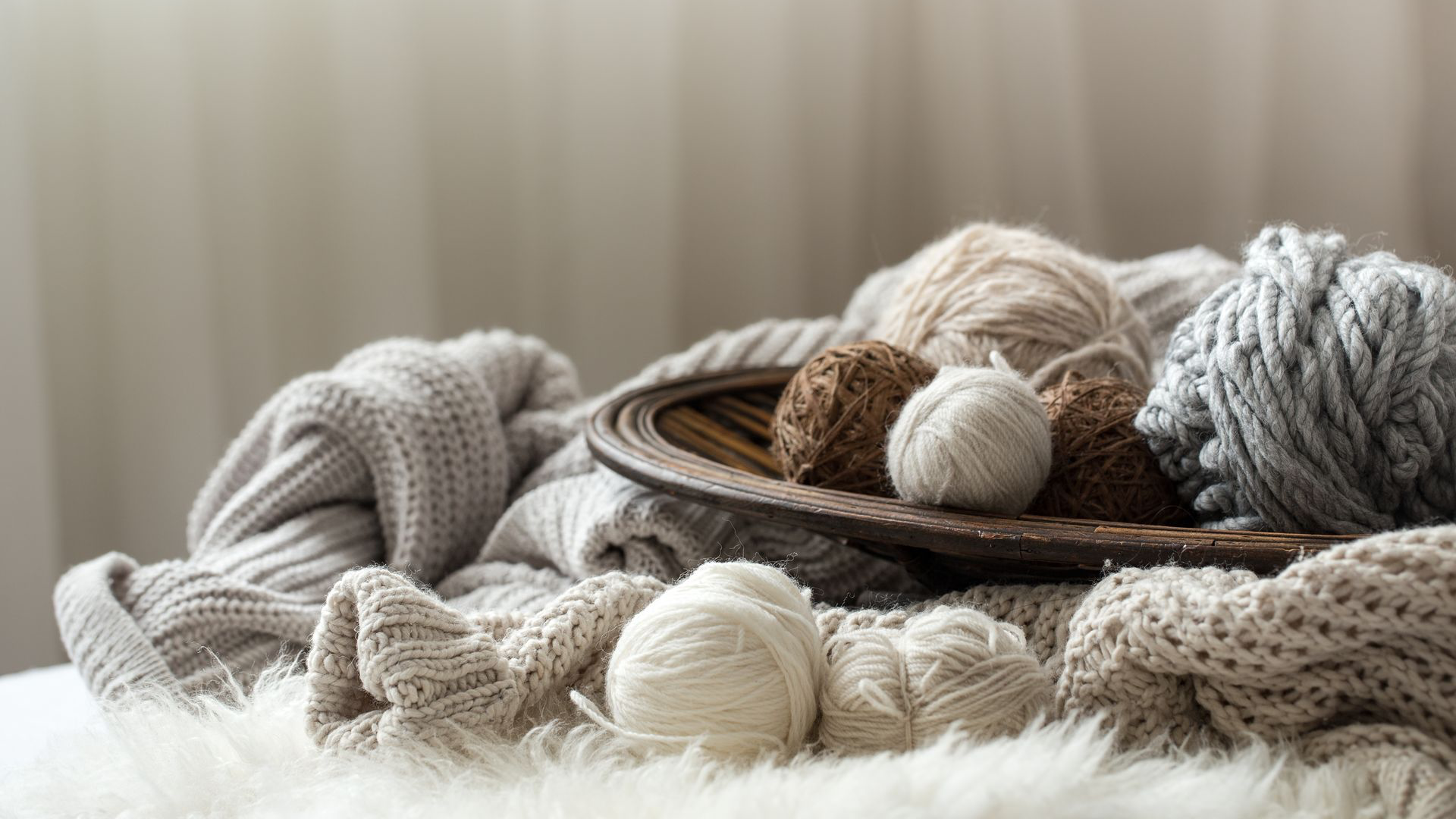
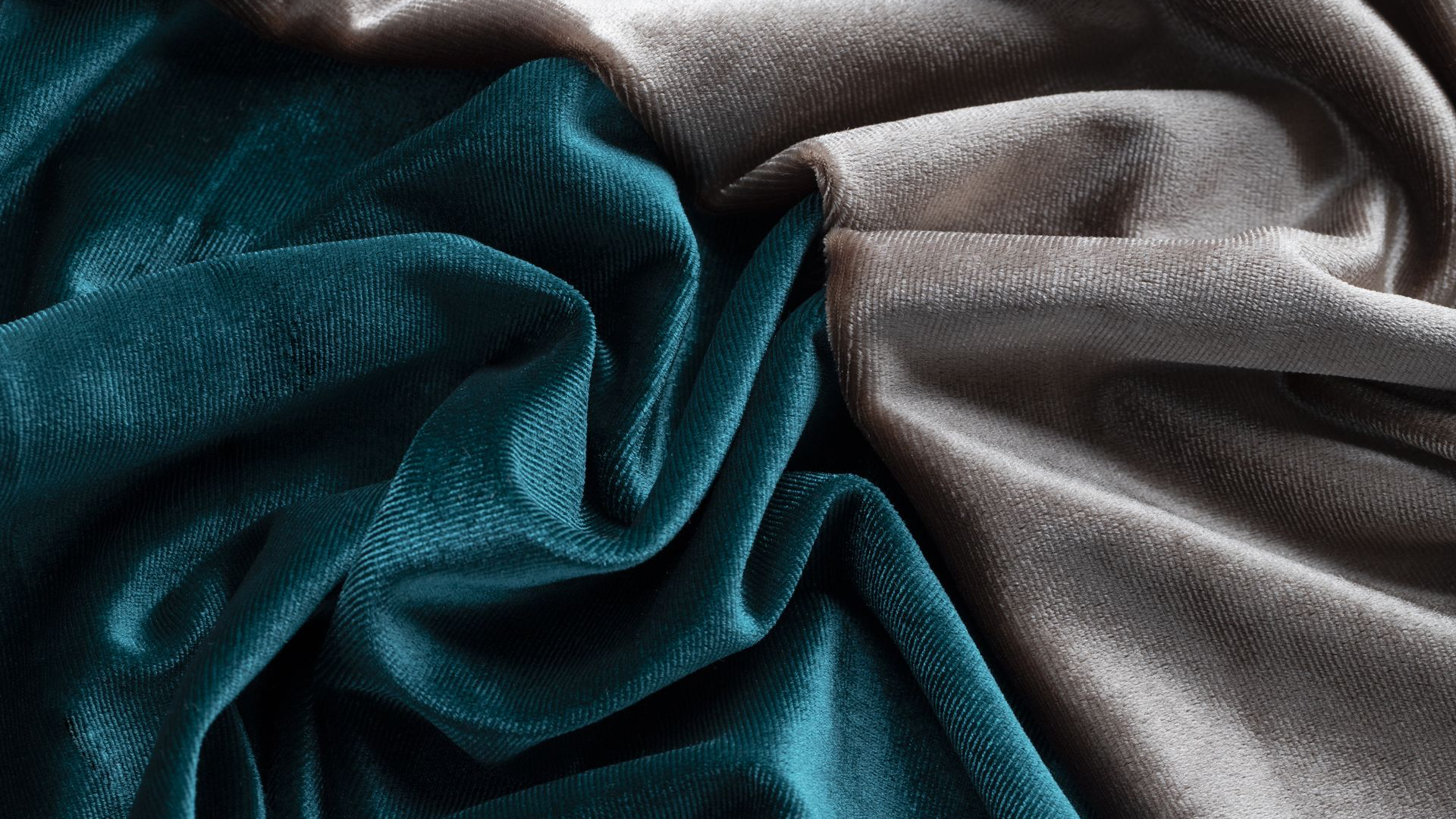
Velvet
Cut-pile surface (often silk, rayon, or polyester pile) → holds heat and looks opulent on camera; ideal for winter night events.
Organza/Chiffon/Georgette
Sheer weaves; chiffon = soft & floaty, georgette = slightly grainier & sturdier for embroidery, organza = crisp & architectural (needs lining).
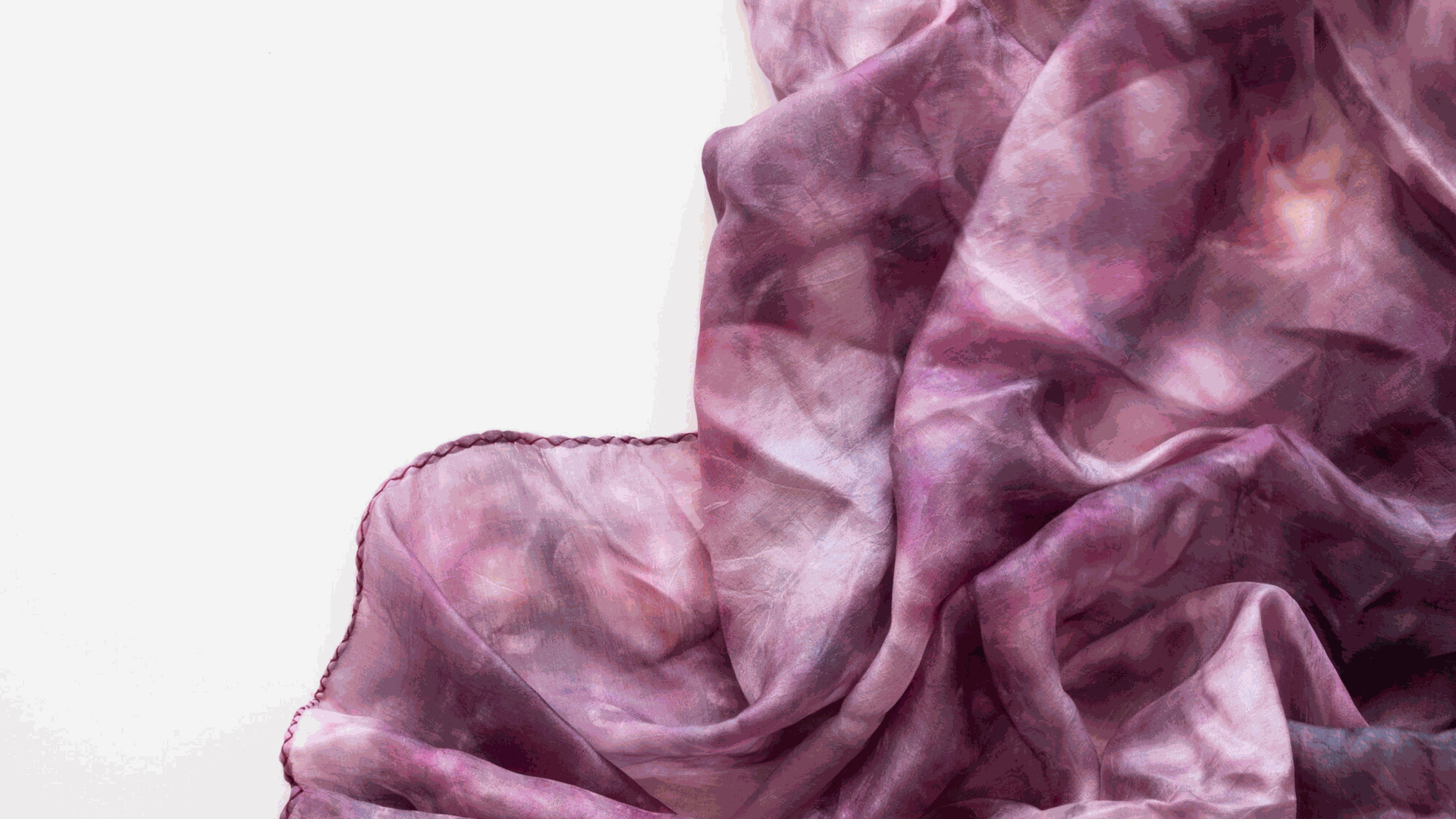
Choosing Fabrics by Function (Ceremony vs. Dance vs. Open-Air)
- Sacred rituals/long sittings: Breathable, crease-tolerant (cotton-silk, tussar, jamdani, kasavu).
- Dance/garba/sangeet: Light cottons or georgettes with secure seams; mirrorwork on cotton for airflow.
- Open-air evenings: Silk blends in autumn; velvet/brocade with shawls in winter.
- Coastal humidity: Prefer cotton, jamdani, mangalgiri; for silk, choose lighter weights and proper ventilation (looser blouses, airy dupattas).
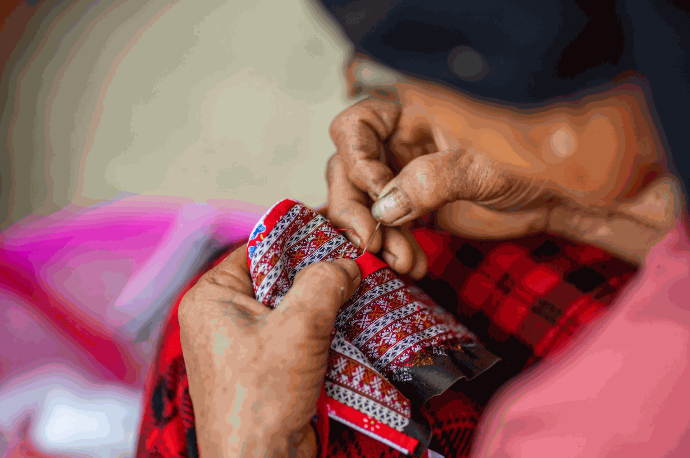
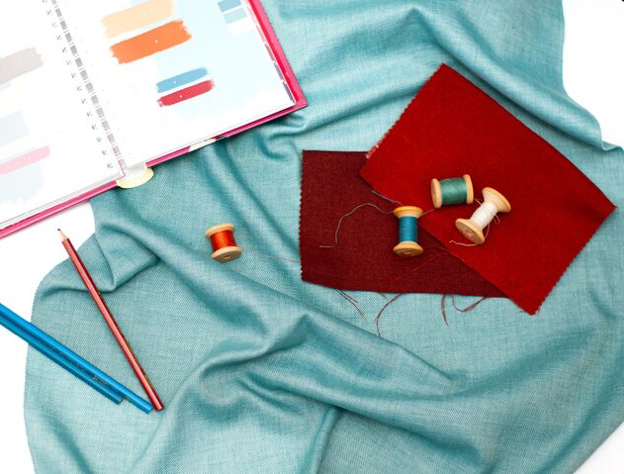
GSM targets
- Summer saris/dupatta: 40–80 GSM (mulmul, kota, organza).
- Festive silks: 80–120 GSM (tussar, chanderi-silk).
- Winter velvet/brocade lehenga: 180–300+ GSM (with lining).
Linings
Use soft cotton/viscose linings in heat; satin/taffeta linings in winter to block wind and add structure.
Finishes
- Summer: enzyme/softening for cotton handfeel, calendering for a slight sheen without weight.
- Winter: brushing/raising on wool or velvet enhances warmth.
Hem lengths
In monsoon, avoid trailing hemlines; opt ankle-length over floor-sweepers.
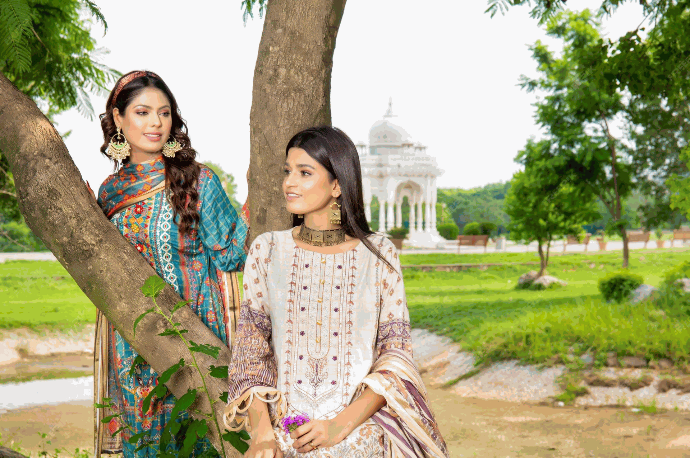
Craft Pairings That Elevate the Look
- Chikankari × Georgette/Mulmul (Summer/Eid): Shadow work stays crisp, garment breathes.
- Zardozi × Velvet (Winter weddings): Raised metallic embroidery sits beautifully on pile.
- Gota Patti × Organza (Autumn): Reflects light, organza holds shape for capes/bows.
- Bandhani × Silk Georgette (Navratri): Bounce + drape for movement.
- Benarasi Brocade × Tulle/Net Dupatta: Balance weight with lightness.
Care & Storage (Season-Smart)
- Zari & humidity: Store with silica gel; avoid plastic wraps in monsoon—use muslin covers.
- Silk: Air after wear; avoid direct sun; professional clean for heavy work.
- Velvet: Hang on broad, padded hangers; steam lightly (no heavy pressing).
- Cotton/Jamdani: Gentle wash; support the full fabric while wet to avoid stretching.
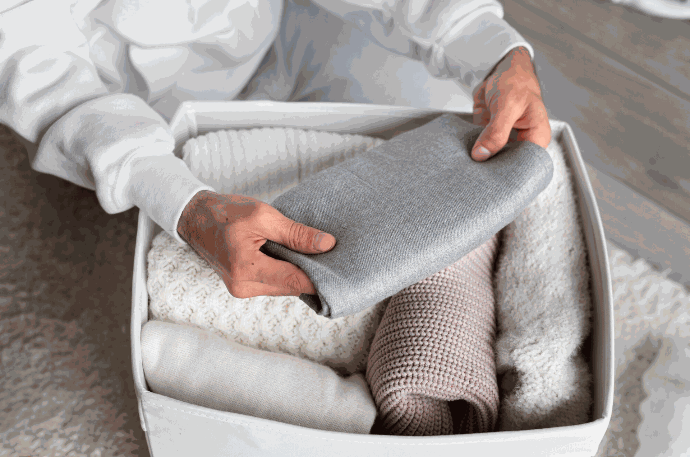

Sustainable & Budget-Friendly Alternatives
- Rewear & Restyle: Re-drape heirloom saris as lehenga sets; add contemporary blouses.
- Blends with purpose: Cotton-silk blends cut cost and weight, keeping elegance for heat.
- Peace/Ahimsa silk, Eri: Non-violent silks with soft hand; good for temperate weather.
- Rental/Bridal libraries: Perfect for high-impact velvet/brocade without long-term storage issues.
Quick Picks (If You’re in a Hurry)
- Summer day sangeet (humid): Jamdani saree or chikankari anarkali in mulmul; cotton-silk dupatta.
- Autumn Diwali night: Benarasi tissue saree or tussar silk set; light brocade jacket.
- Winter reception (outdoor): Velvet lehenga/sherwani; pashmina or jamawar shawl; silk lining.
- Coastal temple wedding: Kanjeevaram or kasavu in lighter weights; cotton underskirt; minimal trail.
